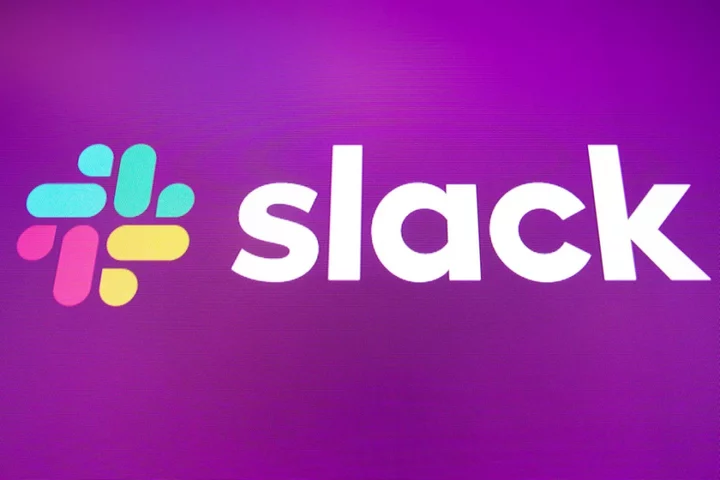Slack has launched its biggest ever redesign, aimed at tidying up people’s conversations and introducing them to new features.
The workplace chat app has gone through a number of changes since it was first launched almost exactly 10 years ago. Many of those updates have come in recent years, amid an increased focus on the platform as a way of connecting remote workplaces.
But Slack’s newest update brings a host of changes – and aims to bring people’s attention to the existing changes that might have gone unnoticed.
By default, the new design keeps the same fundamental look as Slack currently. It has the purple colour that has ben associated with the app, and the flow of conversations has stayed much the same, though the update brings new ways of customising the aesthetic.
But the most obvious change is the introduction of a new sidebar, that organises different kinds of chats and other information. Gathered into options for “Home” and “Later”, for instance, are all of the chats and information that users might have.
Similarly, an “Activity” feed combines the various ways that people might get in touch with a user: threads, mentions and reactions. They willall now be stuck together in one view.
In this way, the new version of Slack borrows heavily from its competitor, Microsoft Teams. That app has long offered a DMs section that offers easy access to all the recent conversations, and a separate space in which to see those chats.
The change also helps unify multiple workspaces. Some larger companies organise their various divisions or teams into different workspaces – so that the large company might separate sales and IT teams, or similar – and until now those have been separated and required clicking between different groups.
The other major change is a new + button that will appear in the bottom of the screen, and replaces the one to start new messages. That also unifies a host of features: clicking that will give the option not only to start new chats, but also calls and the “canvas” tool that can be used to collaboratively gather information but was previously difficult to discover.
Read MoreSlack goes down, disrupting workplaces for second time in a week
Why you might never have to remember your password again
AI can predict Parkinson’s subtype with up to 95% accuracy, study suggests









